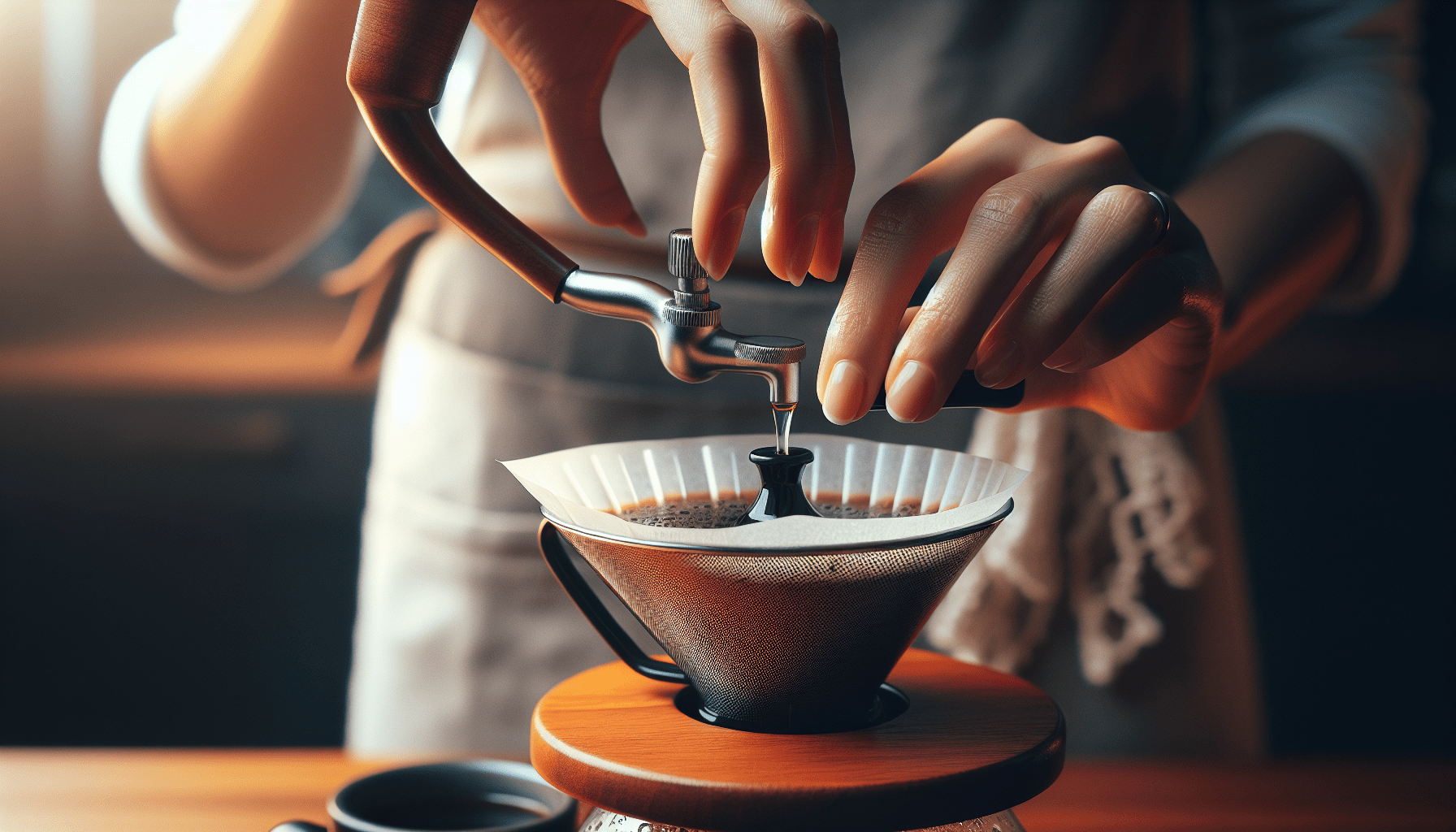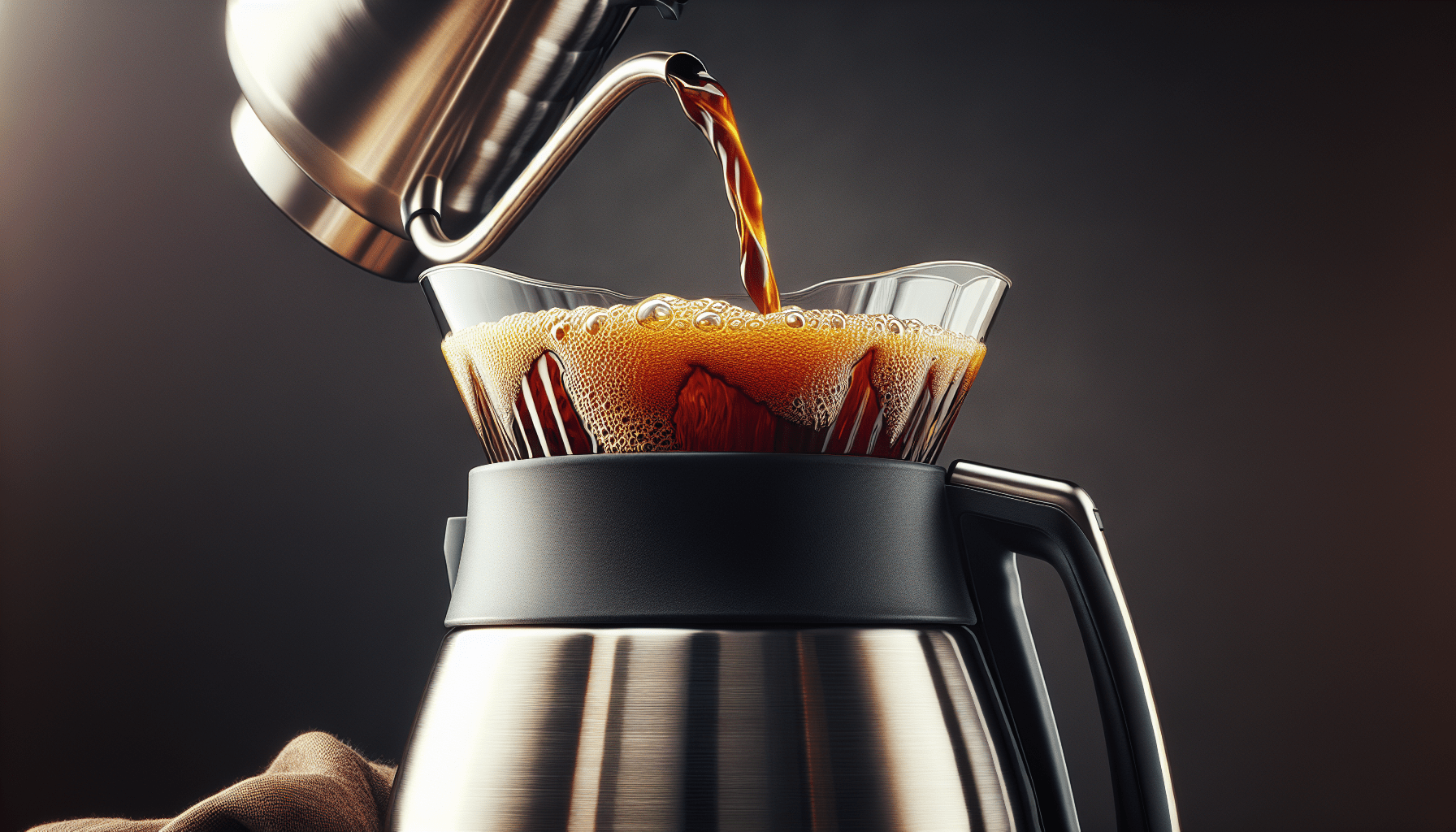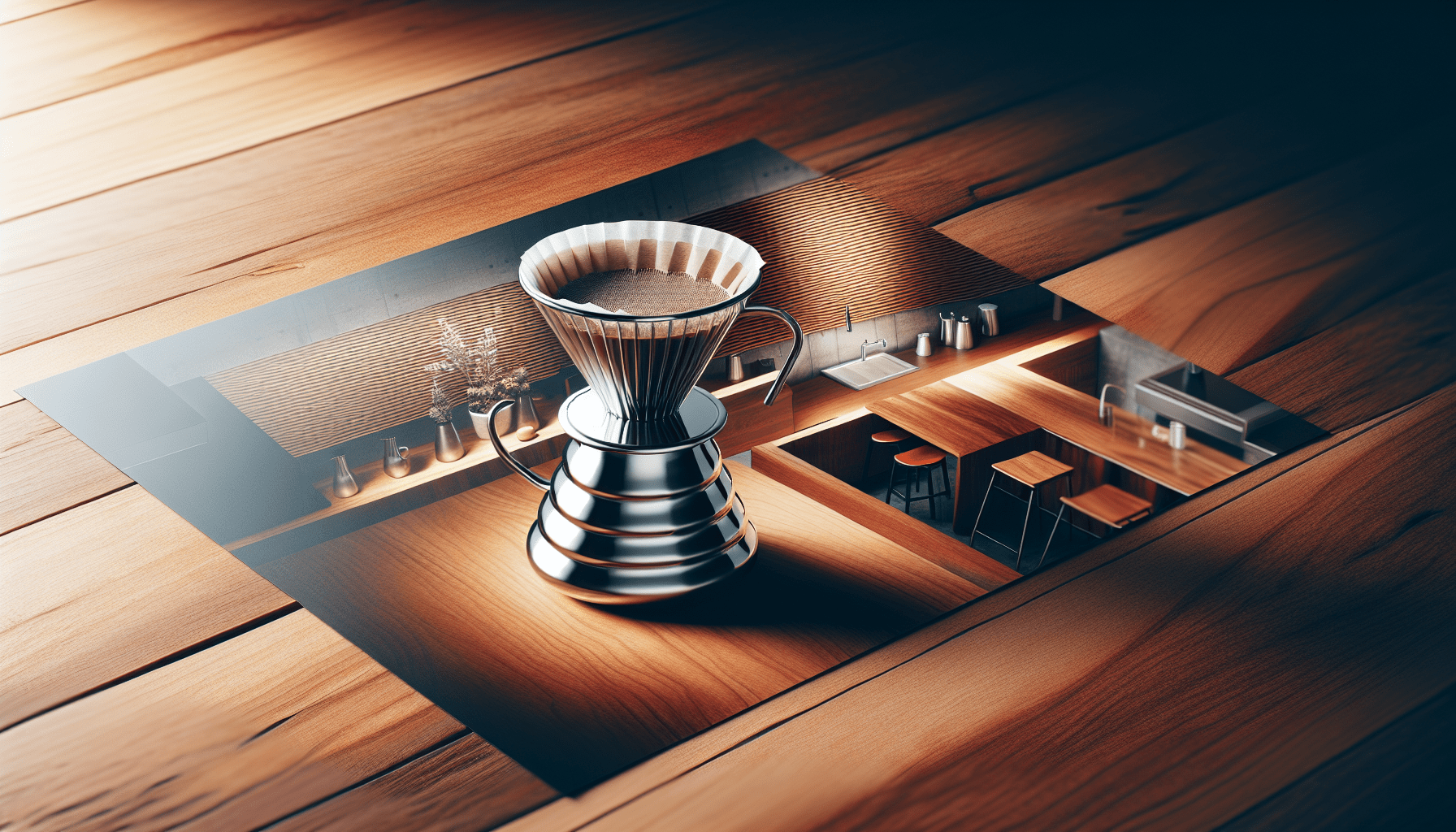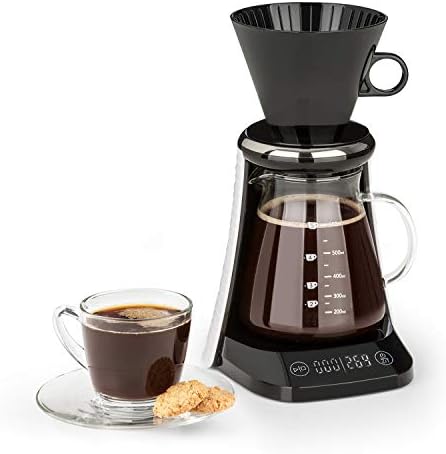How Do I Adjust The Water Flow When Using A Pour-over Coffee Maker?
Introduction
Are you a coffee lover who enjoys the taste of a perfectly brewed pour-over coffee? Adjusting the water flow when using a pour-over coffee maker is crucial to achieving that perfect cup of coffee. In this article, we will discuss the importance of water flow, as well as provide you with step-by-step instructions on how to adjust it to suit your preferences.
Why Is Adjusting Water Flow Important?
Adjusting the water flow when using a pour-over coffee maker is essential as it directly impacts the extraction process. Controlling the flow of water helps to regulate the brewing time, which in turn affects the flavor, strength, and overall quality of your coffee. Whether you prefer a stronger brew or a milder taste, adjusting the water flow allows you to customize your coffee to suit your taste preferences.
Types of Pour-over Coffee Makers
Before we delve into adjusting water flow, let’s briefly look at the different types of pour-over coffee makers available on the market. Understanding the type of coffee maker you have will help you better adjust the water flow for optimal brewing.
| Type of Pour-over Coffee Maker | Description |
|---|---|
| Chemex | Known for its elegant design and ability to brew a clean, crisp cup of coffee. |
| Hario V60 | Popular among coffee enthusiasts for its cone shape, spiral ribs, and large hole at the bottom, which allows for optimal extraction. |
| Kalita Wave | Recognized for its flat-bottom design and three small holes at the bottom, resulting in a balanced and even extraction. |
| Bee House | Features a wedge shape with a flat bottom and a single large hole, promoting a smooth and consistent extraction. |
Choosing the Right Pour-over Coffee Maker
Each type of pour-over coffee maker is designed to produce a unique flavor profile. Consider the type of coffee you enjoy and the brewing experience you prefer when selecting a pour-over coffee maker. Experiment with different coffee makers to determine which one suits your taste preferences best.
Adjusting Water Flow
Now, let’s get into the nitty-gritty of adjusting the water flow when using a pour-over coffee maker. Whether you’re using a Chemex, Hario V60, Kalita Wave, or Bee House, the following steps will help you adjust the water flow for optimal brewing.
Step 1: Grind Your Coffee Beans
Start by grinding your coffee beans to the desired coarseness. The grind size can impact the water flow, as finer grinds tend to slow down the flow, while coarser grinds allow for a faster flow. Experiment with different grind sizes to find the right balance for your preferred brewing method.
Step 2: Heat Your Water
Heat your water to the ideal temperature for brewing coffee. The temperature of the water can affect the extraction process, so aim for a temperature between 195-205°F (90-96°C) for optimal results. Using a thermometer can help you achieve the perfect water temperature consistently.
Step 3: Pre-wet the Filter
Pre-wet the filter in your pour-over coffee maker with hot water. This helps to rinse away any paper flavors and warms up the equipment for better brewing. Discard the water used for pre-wetting before starting the brewing process.
Step 4: Start Pouring
Begin pouring the hot water over the coffee grounds in a circular motion. The rate at which you pour the water will determine the water flow during brewing. A slower pour will result in a slower flow, allowing for more extraction, while a faster pour will speed up the flow, resulting in a lighter extraction.
Step 5: Adjust Water Flow
To adjust the water flow, experiment with the following techniques:
-
Pulse Pouring: Pour water in intervals, pausing between each pour to control the flow. This method allows for better extraction control and can enhance the flavors in your coffee.
-
Continuous Pouring: Pour water continuously in a steady stream for a consistent flow. This method is suitable for a more automated brewing process, resulting in a balanced extraction.
-
Water-to-Coffee Ratio: Adjust the water-to-coffee ratio to influence the overall brewing time and flow. Increasing the ratio will speed up the flow, while decreasing it will slow it down.
Step 6: Monitor Extraction
Throughout the brewing process, pay attention to the coffee bed’s appearance and the water flow. Adjust the water flow as needed to ensure an even extraction and prevent over or under-extraction. Practice and experience will help you refine your technique over time.
Troubleshooting Water Flow Issues
If you’re encountering problems with adjusting the water flow when using a pour-over coffee maker, here are some common troubleshooting tips to consider:
Uneven Flow
If you notice that the water flow is uneven, causing inconsistent extraction, try the following:
-
Adjust the Pouring Technique: Experiment with different pouring techniques, such as circular or spiral motions, to ensure an even flow over the coffee grounds.
-
Grind Uniformity: Check the consistency of your coffee grind. Inconsistent grind size can lead to uneven extraction, affecting the water flow.
Too Slow or Too Fast Flow
If the water flow is either too slow or too fast, resulting in an over or under-extracted brew, try the following:
-
Grind Size: Adjust the grind size accordingly. Finer grinds slow down the flow, while coarser grinds speed it up.
-
Pouring Rate: Control the pouring rate to modify the flow. A slower pour will slow down the flow, while a faster pour will speed it up.
Bitter or Weak Coffee
If your coffee tastes bitter or weak, the water flow may be to blame. Consider the following solutions:
-
Brew Time: Adjust the brewing time to regulate the water flow and extraction. Shortening the brew time can reduce bitterness, while lengthening it can enhance strength.
-
Water Temperature: Ensure that your water is at the optimal brewing temperature. Water that is too hot can result in bitterness, while water that is too cold can lead to a weak brew.
Conclusion
Adjusting the water flow when using a pour-over coffee maker is an essential skill for any coffee enthusiast. By mastering the art of water flow adjustment, you can customize your coffee to suit your taste preferences and achieve that perfect cup of pour-over coffee every time. Experiment with different techniques, pour speeds, and ratios to find the ideal balance that elevates your coffee brewing experience. Cheers to brewing the perfect cup of coffee!




